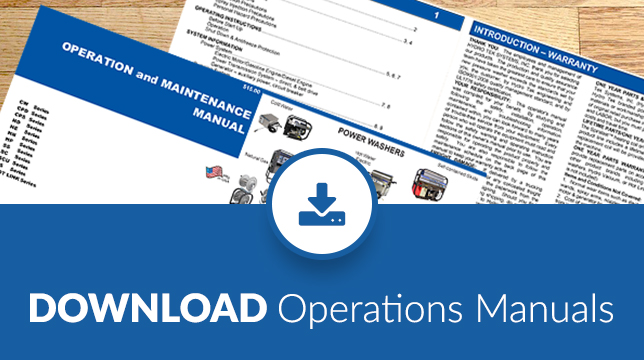What does mesh size mean? Figuring out mesh sizes is simple. All you do is count the number of openings in one inch of screen (in the United States, anyway.) The number of openings is the mesh size. So a 4-mesh screen means there are four little squares across one linear inch of screen. A 100-mesh screen has 100 openings, and so on. As the number describing the mesh size increases, the size of the particles decreases. Higher numbers equal finer material. Mesh size is not a precise measurement of particle size.
What do the minus (-) and plus (+) plus signs mean when describing mesh sizes? Here’s a simple example of how they work. –200-mesh would mean that all particles smaller than 200-mesh would pass through. +200 mesh means that all the particles 200-mesh or larger are retained.
How fine do screens get? That depends on the wire thickness. If you think about it, the finer the weave, the closer the wires get together, eventually leaving no space between them at all. For this reason, beyond 325-mesh particle size is usually described in “microns.”
What is a micron? A micron is another measurement of particle size. A micron is one-millionth of a meter or one twenty-five thousandth of an inch.
| Sieve Mesh # | Inches | Microns | Typical Material |
| 14 | .0555 | 1400 | - |
| 28 | .028 | 700 | Beach Sand |
| 60 | .0098 | 250 | Fine Sand |
| 100 | .0059 | 150 | - |
| 200 | .0029 | 74 | Portland Cement |
| 325 | .0017 | 44 | Silt |
| 400 | .0015 | 37 | Plant Pollen |
| (1200) | .0005 | 12 | Red Blood Cell |
| (2400) | .0002 | 6 | - |
| (4800) | .0001 | 2 | Cigarette Smoke |
The mesh numbers in parentheses are too small to exist as actual screen sizes; they are estimates included for reference.
Information found on the http://showmegold.org/news/Mesh.htm Show Me Gold Prospectors organization website.















